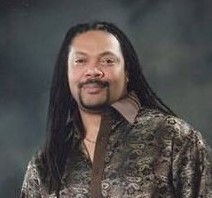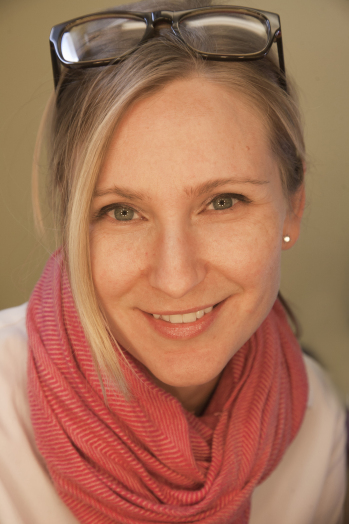Tips for Inclusivity with Intention
 |
Dr. Julia Heath Reynolds is part of the music faculty at Belmont University. The link to the recording of Dr. Heath Reynolds' webinar “Inclusivity with Intention" can be found under Webinar Recordings. |
Rehabilitation Act - Section 504
★ Rights
• Attend 504 Plan team meeting
• Receive a copy of the 504 Plan
• If you disagree with the 504 Plan:
- Express view at a meeting & suggest alternatives
- Refuse to sign the plan
- Contact your union rep if you believe the plan alters your terms and conditions of employment


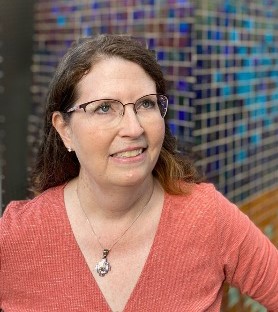
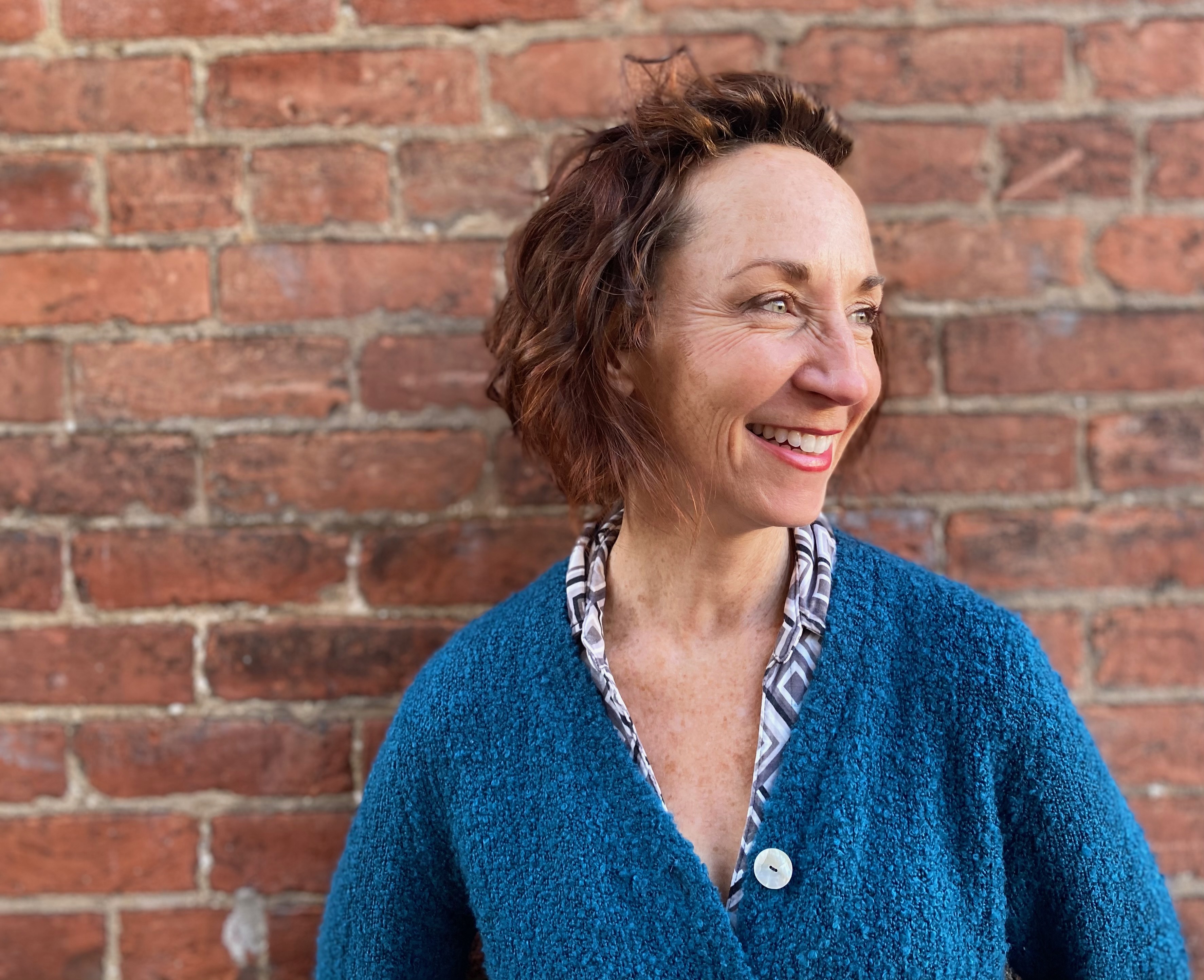
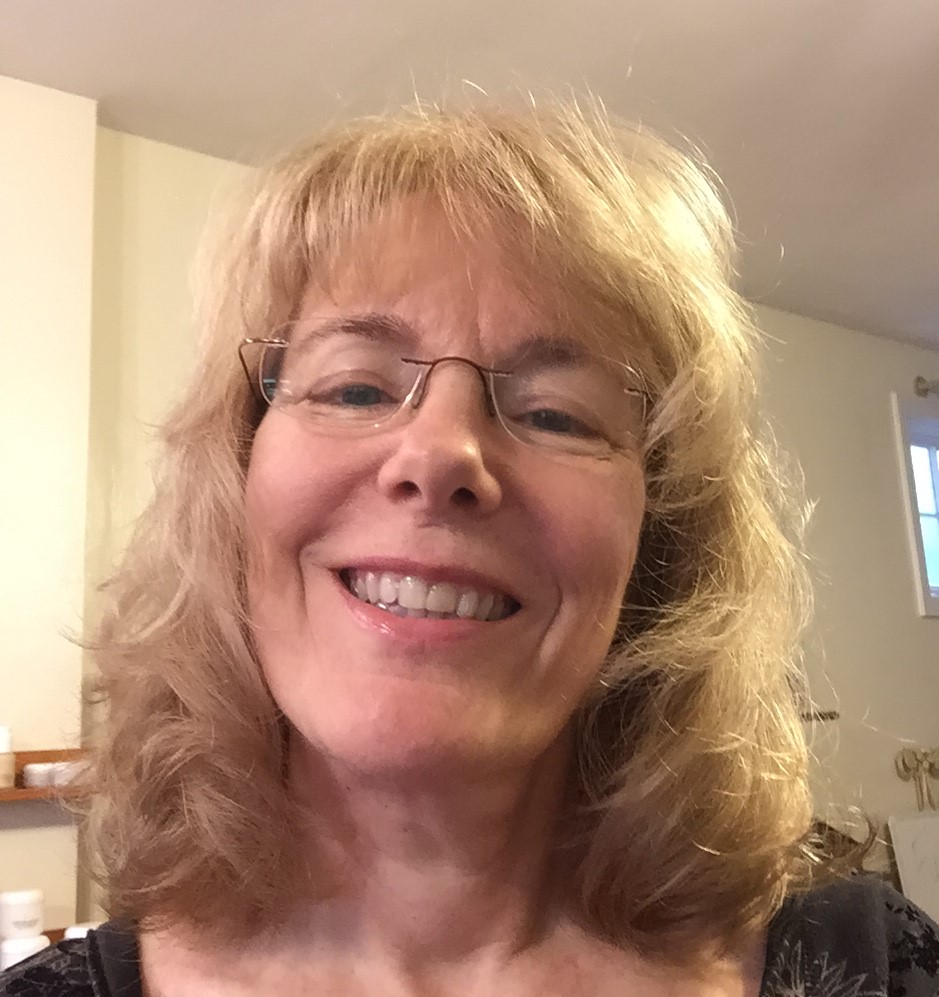
 Mockingbird, a play by Julie Jensen, adapted from the novel by Kathryn Erskine, features a main character on the autism spectrum.
Mockingbird, a play by Julie Jensen, adapted from the novel by Kathryn Erskine, features a main character on the autism spectrum.